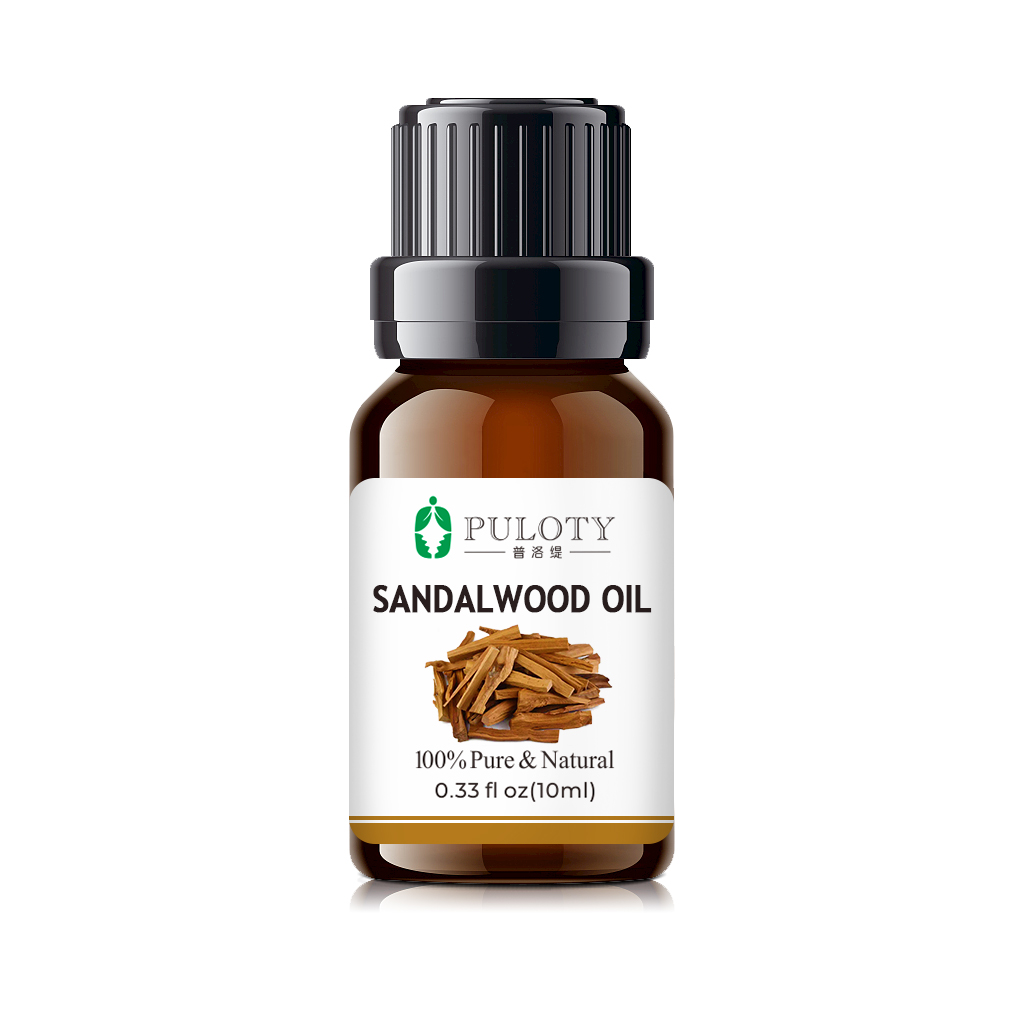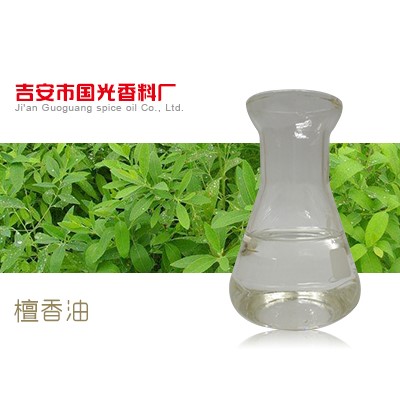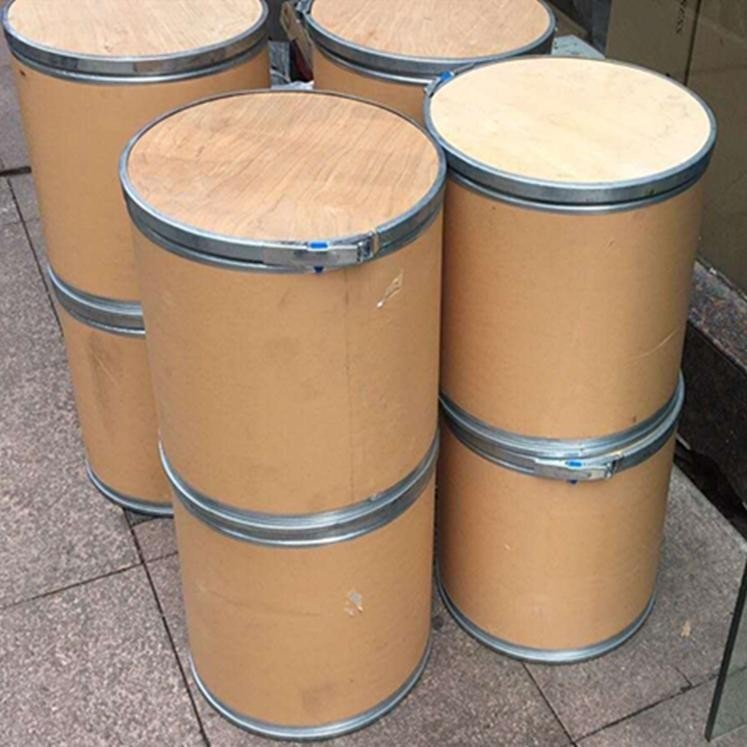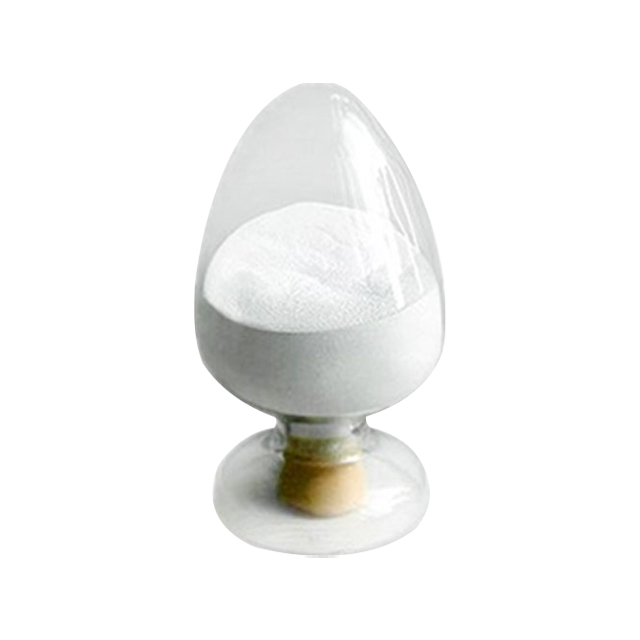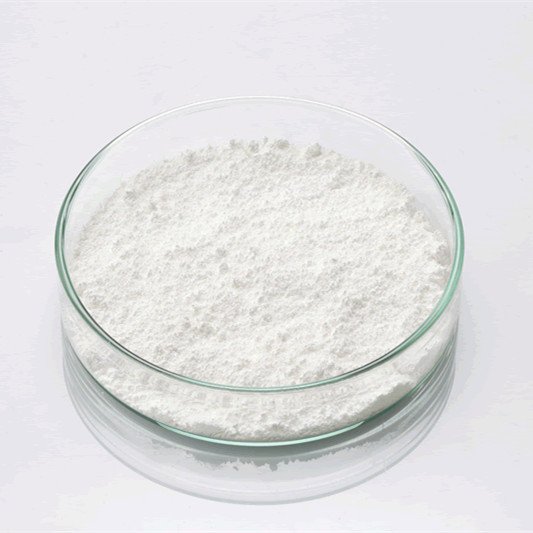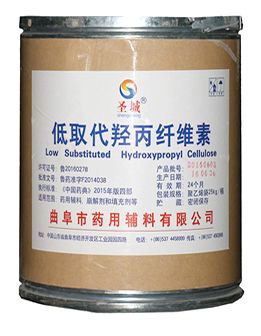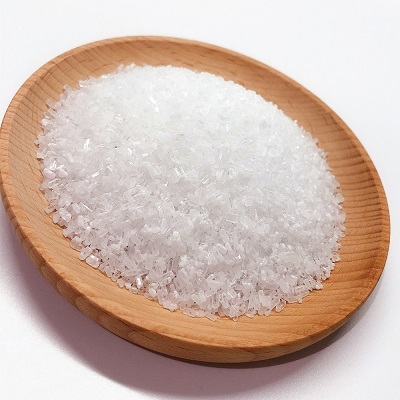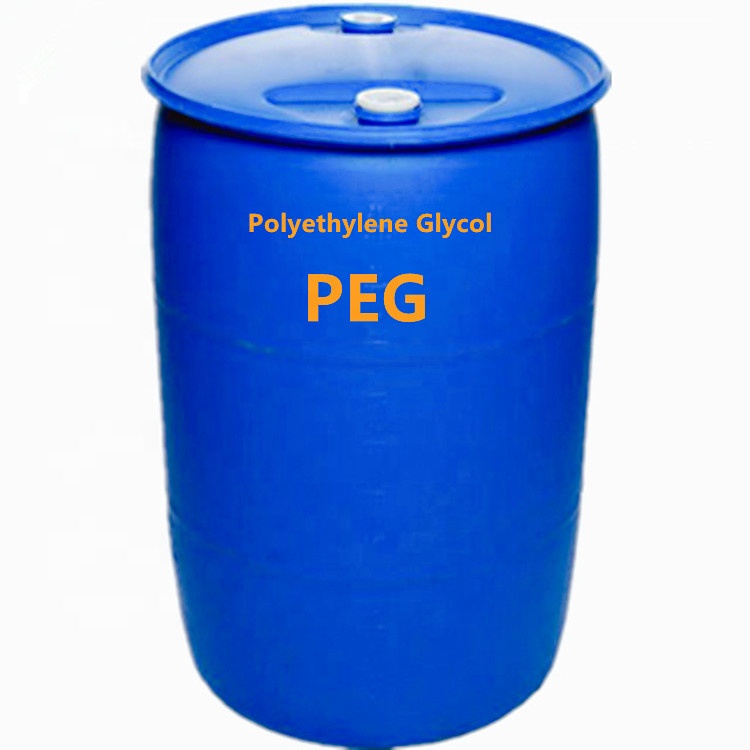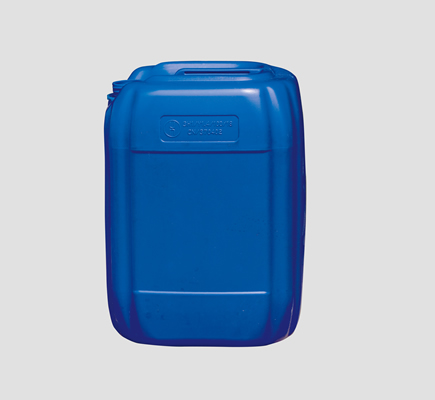CAS:8006-87-9
Alias
More Information
Fema 3005; Sandalwood Oil East Indian; Sandalwood Oil Indonesian; Santalum Album; Eastindiansandalwoodoil; Sandalwoodoil,Essential; Oils, Sandalwood; Arheol; Sandal Oil
Brief Introduction
Sandalwood essential oil has a wide range of therapeutic benefits and helps you achieve clarity and calmness. This special essential oil not only has an unforgettable fragrance, but also has a positive impact on physical and mental health, as well as many other incredible healing properties.
Suppliers
View More Vendors (2) >
CAS:84775-66-6
Alias
More Information
Glycyrrhiza Glabra (Licorice) Root Extract; Licoriceextractpowder; Glycyrrhiza Glabra; Licoricerootpigment; Glycyrrhizauralensisrootextract; Glycyrrhizaglabrarootextract; Einecs 283-895-2; Unii-2788Z9758H
Suppliers
View More Vendors (2) >
CAS:9004-64-2
Molecular Formula:C3H7O
Alias
More Information
Hyprolosum; Lacrisert; Low-Substituted Hydroxypropyl Cellulose; HPC; Zilactin; Klucel; Hydroxy Propyl Cellulose; L-HPC LH-11; L-HPC
Brief Introduction
This product is mainly used as tablet disintegrating agent and adhesive, and can also be used as food additive. It is used as emulsifier, stabilizer, suspending agent, thickening agent and film forming agent in food industry. It is used for the manufacture of beverages, pastries, jam and so on. It is also used in daily chemical industry, and is used for the manufacture of cosmetics such as cream, shampoo and milk liquid.
Suppliers
View More Vendors (2) >
CAS:9005-08-7
Molecular Formula:C19H40O4
Alias
More Information
Diethylene Glycol Distearate; Dgd; Polyethyleneglycol3Distearate; Polyethyleneglycoldistearate; 1000; Polyglycoldistearate; S1009; S1013; PEG-150 Distearate; Stabogel; Ethane-1,2-diol,Heptadecanoic acid
Brief Introduction
This product is used as emulsifier and thickener in cosmetics and detergent industry. It can also be used as plasticizer of various resins, dehydrating component of grinding paste and polishing paste.
Suppliers
View More Vendors (2) >
CAS:9005-64-5
Molecular Formula:C26H50O10
Alias
More Information
Polysorbate 21; Polyoxyethylene (4) Sorbitan Monolaurate; Polyoxyethylene (20) Sorbitan Monolaurate; Polysorbate 20 (Nf); Tween21; Polyethylene Glycol (4) Sorbitan Monolaurate; 2-[2-[3,4-Bis(2-Methoxyethoxy)Oxolan-2-yl]-2-(2-Methoxyethoxy)Ethoxy]Ethyl Dodecanoate; PEG-4 Sorbitan Laurate; Tween 21; Polysorbate 40 (Nf); Tween 20; Polysorbate 60 (Nf); Polyoxyethylene Sorbitan Monolaurate; 2-[2-[3,4-Bis(2-Hydroxyethoxy)Oxolan-2-Yl]-2-(2-Hydroxyethoxy)Ethoxy]Ethyl Dodecanoate; Polysorbate; Polysorbate (Inn); Tween.(Tm). 20; Monododecanoate; peg 80 Sorbitan Laurate
Brief Introduction
1. This product belongs to oil in water type emulsifier, which can be used as solubilizer, dispersant, stabilizer, lubricant and antistatic agent. As a paraffin inhibitor in oil production, it can remove the wax deposit in oil well; As a viscosity reducer, it can reduce the flow viscosity of crude oil, improve oil well production and transportation capacity. 2. Used as solubilizer, penetrant and dispersant in medicine and daily chemical industry. Because of its antirust and lubricity, it is used to prepare antirust lubricating oil and derusting and degreasing oil. As O / W type food emulsifier, it can be used alone or mixed with Span-60, span-65 and Span-80. In China, it can be used for ice cream with the maximum dosage of 1.5g/kg; 75 g / kg in fruit juice beverage; 5 g / kg. 3. Used as non-ionic emulsifier, wetting agent and penetrant. 4. Used as solubilizer, penetrant and dispersant in medicine and cosmetics. In the adhesive, coating, ink and pigment industries, it is used as a control agent for carrier fluidity and a dispersant for preventing precipitation. In textile industry, because of its good emulsifying property to fat and fatty oil, it is used as softener, finishing agent, lubricant and antistatic agent of various fiber fabrics. In detergent production, it is compounded with Sodium Alkylbenzene Sulfonate to improve the ability of decontamination, foaming and resistance to multivalent metal ions. It can also be used as emulsifier, pesticide emulsifier, antirust lubricating oil, derusting and degreasing oil for various foods.
Suppliers
View More Vendors (2) >
Inquiry (
10
/ 10
)
Clear All
Sign In
Error!

